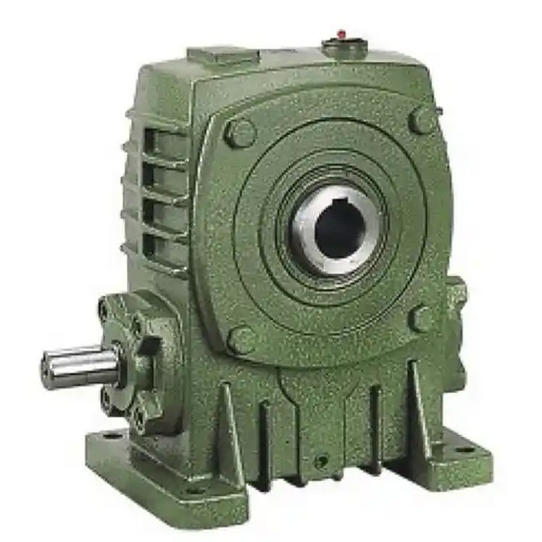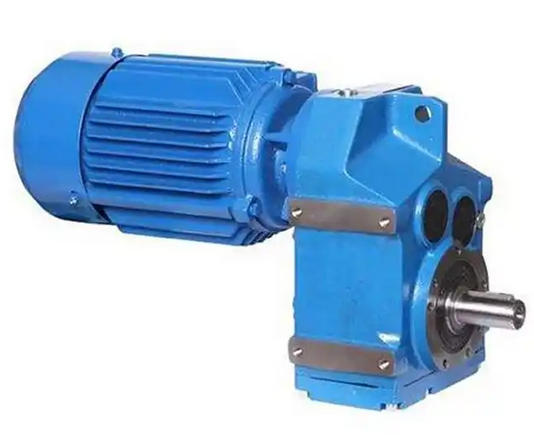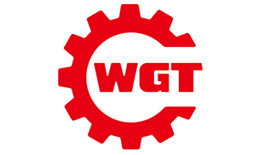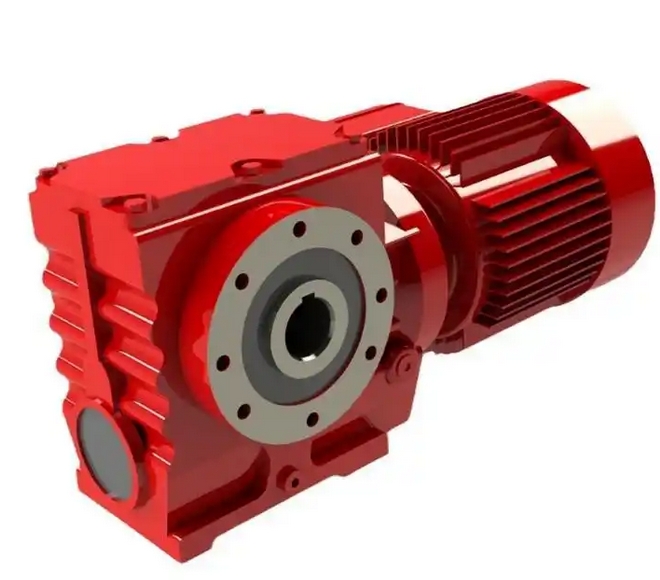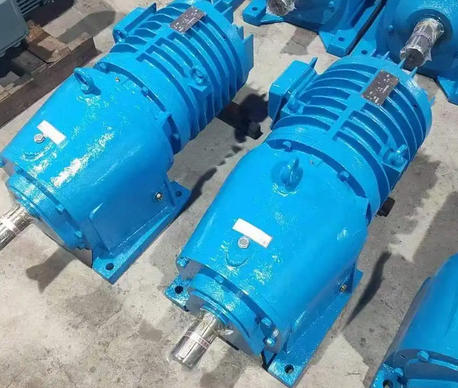How can I prevent the GR137-Y5.5-6P-113.91-M4 reducer from malfunctioning?
To avoid faults in the , measures can be taken from the following aspects:Correct selection and installation
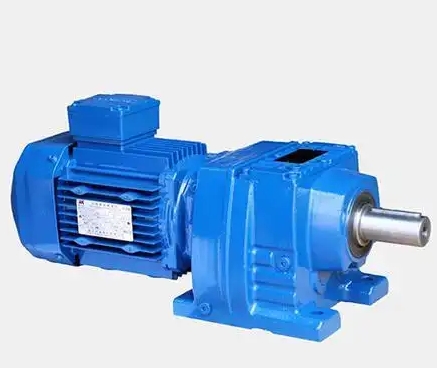
Reasonable selection: Based on the actual workload, speed, torque and other requirements, choose a suitable specification of reducer to ensure that it can meet the working conditions and avoid overload operation.
Correct installation: Strictly follow the installation instructions to ensure that the coaxiality of the connection between the reducer, motor, and load equipment meets the requirements, the installation foundation is firm and flat, and to avoid additional stress and vibration caused by improper installation.
Use high-quality lubricating oil
Choose the appropriate lubricating oil: According to the requirements of the gearbox, choose a lubricating oil with reliable quality and appropriate viscosity. Generally speaking, it is recommended to refer to the gearbox manufacturer's recommendations and choose lubricating oil with good lubrication performance, wear resistance, and oxidation resistance.
Regularly replace lubricating oil: Replace lubricating oil according to the prescribed oil change cycle, and regularly check the oil quality and level during use. If the oil quality deteriorates, becomes contaminated, or the oil level is too low, the lubricating oil should be replenished or replaced in a timely manner to ensure good lubrication and heat dissipation of the gearbox.
Regular maintenance and inspection
Daily inspection: During the operation of the reducer, regular inspections should be conducted to observe the operating status of the reducer, including temperature, noise, vibration, oil level, etc. Any abnormal situations should be detected and dealt with in a timely manner.
Regular maintenance: Conduct a comprehensive inspection and maintenance of the gearbox according to the prescribed maintenance cycle. The maintenance includes checking the wear of components such as gears and bearings, tightening bolts at various connection points, cleaning the gearbox housing and heat dissipation fins, and checking the sealing performance of seals.
Control the working environment
Temperature control: Avoid operating the gearbox at excessively high or low ambient temperatures. If the ambient temperature is too high, effective heat dissipation measures should be taken, such as increasing cooling fans, improving ventilation conditions, etc; If the ambient temperature is too low, the gearbox should be preheated before starting to ensure the fluidity of lubricating oil and the normal operation of components.
Clean environment: Keep the surrounding environment of the gearbox clean, avoid dust, debris, etc. from entering the interior of the gearbox, and prevent contamination of lubricating oil or wear of components due to impurities.

